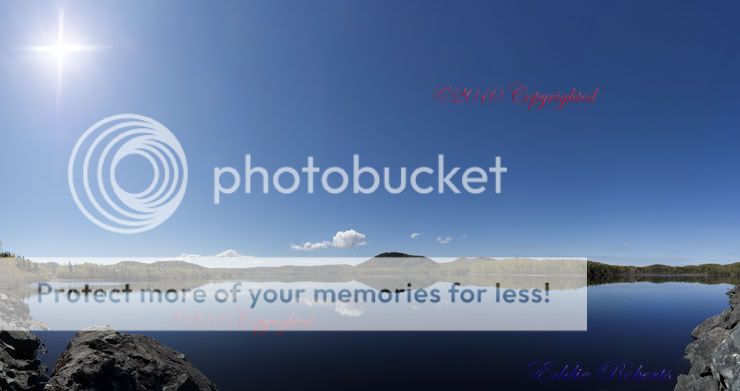I've done a lot of panoramas, from a few images all the way up to a big 60+ image one I can't put together because it's too big for my computer.

But on average I do from 3 to 9 images and stitch them together with Panorama Factory. Photo Stitch does a decent job, but I found that on some of the images that Photo Stitch left seams, Panorama Factory got rid of them.
The suggestion to meter once is a good one. I usually do that and then either lock my exposure by holding the shutter button down half way and never letting up completely on it, or go into manual if it's a lot of shots. Depending on the subject I might lock my focus or let the focus change across the images.
I shoot both handheld and on a tripod. I'll use a tripod if I have it with me, but I never hesitate to shoot holding the camera either. What I do is find something to line the top line of the focusing square as I swing from left to right (shoot from left to right as that is how you stitch them together and it makes it easier). I use a ball head on my tripod and level it. I also have a leveling column so I can level the tripod first and then I level the ballhead so I get a level swing. If the tripod isn't level, your ballhead will rise and fall across it's swing. I've never used a panorama head and haven't needed one for distance objects like mountains, dams, waterfalls, etc. Closer objects can be a bit trickier and I sometimes get a bit of un-even overlap, usually between the first and second image. But I have done macro panoramas (I think I've posted a 5 image panorama of several yellow Lilys on here) that came out pretty good with just a level tripod.
Another trick is to shoot with your camera in the vertical position. You need more shots to cover an area from left to right, but you get more vertical area in the shot. This can help if you have a jagged stitch and need to crop some on the top or bottem.
I've used polorizers at times, but be aware that as you swing the light is going to change from the polorizer. This will give you lighter and darker areas in a blue sky. It doesn't look that bad but it is noticable. I've also used a gradiant neutral density filter when I needed to tone down the sky. I've shot them from 24mm up to 400mm, usually using my 24-70 2.8L indoors and my 70-200 2.8L outdoors on my 10D.
Panoramas can really be fun and they can add a lot to an image. You can get closer for more detail or enclude a lot more in the image. I've not done multiple layers (several across and also several vertical) yet, as I've not had the right image to do that. But when I find the right subject I plan on doing that as well.
Have fun with them.
Mike



![[No title]](/data/xfmg/thumbnail/36/36423-4f4abd5f32da2219d4967c7a13b07a8c.jpg?1734168833)
![[No title]](/data/xfmg/thumbnail/34/34114-dd12be026979ccd4182c5f478bd91448.jpg?1734164566)
![[No title]](/data/xfmg/thumbnail/36/36421-843e629a8c32ff091e337e6880f0c323.jpg?1734168831)








